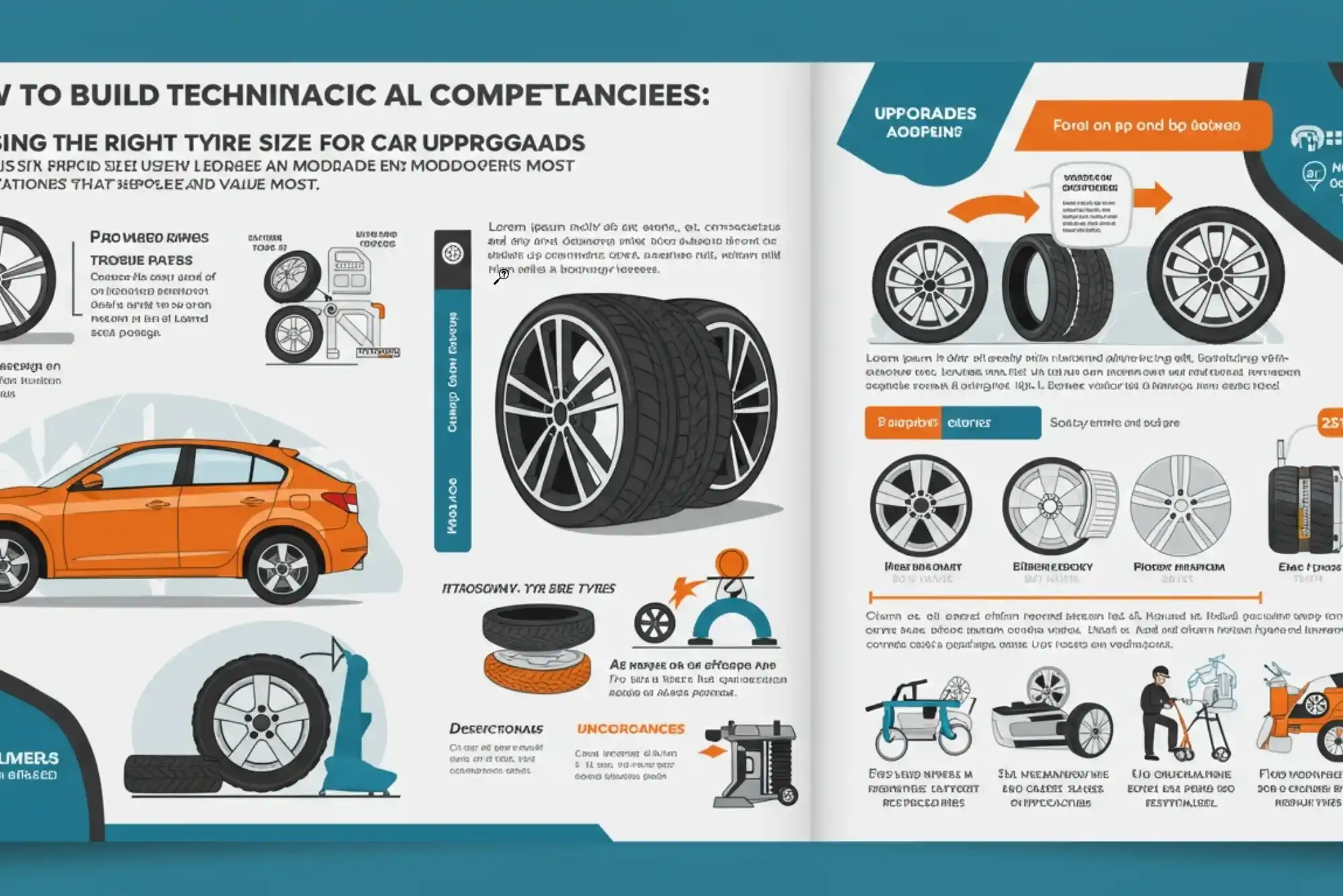Finding the perfect home can be an exciting journey, especially if you’re looking for a brand-new property that fits your lifestyle and preferences. Whether you’re a first-time buyer or someone seeking a fresh start, new homes offer numerous benefits, from modern designs to energy-efficient features. In this article, we’ll cover everything you need to know about finding new homes for sale near you, including the advantages of buying new, financing options, and what to expect during the homebuying process.
Why Buy New Homes?
Modern Amenities
One of the biggest advantages of buying a new home is the access to modern amenities. New homes are built with up-to-date appliances, state-of-the-art technology, and energy-efficient systems that reduce long-term maintenance costs. From smart thermostats to high-efficiency HVAC systems, new homes are designed with the future in mind, offering homeowners comfort and convenience.
Customization Options
Buying a new home often allows you to customize certain aspects to suit your preferences. Builders may offer customization options like choosing the floor plan, finishes, cabinetry, flooring, and countertops, giving you the chance to personalize your living space before you move in.
Warranty Coverage
Many new homes come with builder warranties, providing coverage on major structural elements and appliances. This warranty coverage can give you peace of mind, knowing that your investment is protected and any issues that arise will be taken care of at no additional cost.
Energy Efficiency
New homes are built to be energy-efficient, with better insulation, modern windows, and energy-saving appliances. These eco-friendly features help reduce utility bills and create a more sustainable living environment.
How to Find New Homes for Sale
Online Listings
The internet is a valuable resource for finding new homes for sale. Websites like Zillow, Realtor.com, and local real estate portals offer up-to-date listings of new homes in your area. You can filter by location, price range, and specific features to find homes that meet your criteria.
Real Estate Agents
Working with a real estate agent who specializes in new construction can provide valuable insights into new developments in your area. Agents can give you access to homes not yet listed online, provide information about upcoming projects, and help you navigate the buying process with builders.
Local Developers

Many developers and builders list their new projects on their websites, allowing buyers to explore new homes directly from the source. By visiting builder websites, you can find information about floor plans, pricing, and available customizations.
Open Houses and Showrooms
Attending open houses or visiting showrooms can give you a firsthand look at new homes. You can explore model homes, talk to sales representatives, and gain a better understanding of the home’s layout, finishes, and community features.
New Homes by Location
Urban Areas
New homes in urban areas offer the convenience of being close to work, shopping, dining, and entertainment. Urban developments often feature condos, townhouses, and high-rise apartments with modern designs and shared amenities like gyms, pools, and lounges.
Suburban Communities
Suburban areas are popular among families looking for larger homes with more space and access to good schools. Suburban developments typically include single-family homes with yards, parks, and a strong sense of community.
Rural Areas
For those seeking peace and quiet, rural areas offer new homes surrounded by nature. These homes provide more privacy, larger lots, and a slower pace of life, perfect for those looking to escape the hustle and bustle of city living.
Master-planned Communities
Master-planned communities are designed with families in mind, offering new homes with access to shared amenities such as parks, schools, and recreational facilities. These communities often provide a range of home styles and sizes to suit different budgets and needs.
Comparing New vs. Existing Homes
Price Comparison
While new homes tend to be priced higher than existing homes due to modern features and custom options, they often offer better value in terms of energy savings, lower maintenance costs, and warranties.
Maintenance Needs
New homes require less maintenance than older homes, thanks to newer construction materials and building codes. With a new home, you won’t have to worry about major repairs or renovations for several years.
Resale Value
New homes can hold their value better in the long term, particularly in growing areas with strong demand for modern properties. They often come with energy-efficient features and smart home technology, which can be attractive to future buyers.
Energy Efficiency and Technology
One of the biggest differences between new and older homes is energy efficiency. New homes are designed to reduce energy consumption with better insulation, windows, and appliances. Smart home technology is also increasingly common, providing enhanced security and convenience.
Financing a New Home Purchase
Mortgage Options for New Homes
When financing a new home, buyers have several mortgage options, including fixed-rate and adjustable-rate mortgages. FHA and VA loans are popular choices for first-time buyers and veterans, respectively, offering lower down payment requirements and competitive interest rates.
Builder Incentives
Some builders offer financing incentives, such as covering closing costs or offering discounts on upgrades. It’s always a good idea to inquire about any available promotions when buying a new home.
Down Payment and Closing Costs
New homes typically require a down payment ranging from 3% to 20% of the purchase price. In addition to the down payment, buyers should budget for closing costs, which can include appraisal fees, title insurance, and loan origination fees.
Pre-Approval Process
Getting pre-approved for a mortgage is an essential step when buying a new home. Pre-approval gives you a clear idea of how much you can afford and shows sellers and builders that you are a serious buyer.
Working with Home Builders
Choosing the Right Builder
Selecting a reputable builder is crucial when purchasing a new home. Look for builders with strong track records, positive reviews, and high-quality craftsmanship. Visiting model homes and checking for any certifications or awards can also help you make an informed decision.
Custom vs. Production Builders
There are two main types of builders: custom builders and production builders. Custom builders offer fully personalized homes, allowing you to design the layout and select every detail. Production builders offer a range of pre-designed floor plans with limited customization options, making the process faster and more affordable.
Model Homes

When visiting model homes, take note of the floor plan, finishes, and upgrades. Keep in mind that model homes are often outfitted with premium features that may not be included in the base price.
Contract Negotiation
It’s important to thoroughly review the builder’s contract and understand what is included in the price. Don’t hesitate to negotiate on upgrades or ask for concessions, such as covering closing costs or including certain appliances.
New Construction Timeline
Pre-construction Phase
The pre-construction phase involves selecting a floor plan, choosing finishes, and securing financing. It’s important to finalize all decisions before construction begins to avoid delays.
Construction Phase
Once construction starts, the builder will follow a set timeline to complete the home. Regular site visits can help ensure the project is progressing as planned and allows you to address any concerns early on.
Final Walkthrough
Before closing, you will have a final walkthrough of the home with the builder to ensure everything is completed to your satisfaction. This is your opportunity to point out any issues that need to be resolved before you move in.
Move-in Process
After the closing, you can finally move into your new home. Be sure to keep records of any warranties and contact information for the builder in case any issues arise after you’ve settled in.
Neighborhood Amenities and Lifestyle
Community Features
New developments often include shared amenities such as swimming pools, fitness centers, playgrounds, and walking trails. These features enhance the quality of life for residents and create a sense of community.
School Districts
For families with children, choosing a home in a good school district is a top priority. Many new developments are located in areas with top-rated public and private schools, ensuring access to quality education.
Access to Shopping and Dining
New developments are often situated near shopping centers, restaurants, and entertainment venues, offering convenience and accessibility for residents.
Public Transportation
For those who need to commute, proximity to public transportation is a key consideration. Many new developments offer easy access to bus lines, train stations, or major highways, making commuting more convenient.
Sustainability and Green Living in New Homes
Energy-efficient Appliances and Materials
New homes are built with energy-efficient materials and appliances, which help reduce energy consumption and lower utility bills. Features like double-paned windows, energy-saving appliances, and efficient HVAC systems are standard in most new constructions.
Smart Home Technology
Smart home technology is becoming increasingly common in new homes. Automated systems for lighting, temperature control, and security not only enhance convenience but also contribute to a more sustainable lifestyle.
LEED Certification
Some new homes are built to meet LEED (Leadership in Energy and Environmental Design) standards, which promote sustainability, energy efficiency, and eco-friendly building practices.
Water Conservation
Water-saving features like low-flow faucets, efficient plumbing systems, and sustainable landscaping designs help reduce water consumption and contribute to a greener living environment.
Table: Key Differences Between New and Existing Homes
| Feature | New Homes | Existing Homes |
|---|---|---|
| Price | Often higher but with energy savings | Typically lower initial cost |
| Maintenance | Low maintenance due to new construction | Higher maintenance and potential repairs |
| Customization | Customization available before construction | Limited customization after purchase |
| Energy Efficiency | Built with modern energy-saving features | May require upgrades for energy efficiency |
| Technology | Smart home technology often included | May need additional technology upgrades |
| Resale Value | Higher potential for resale value | Depends on market conditions |







